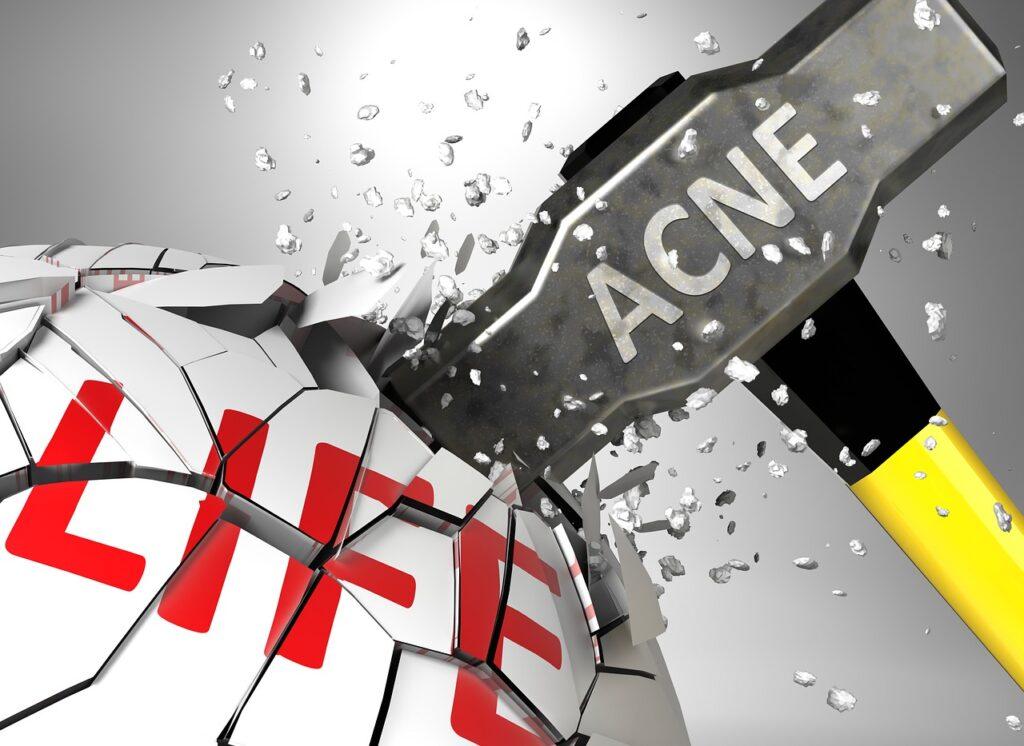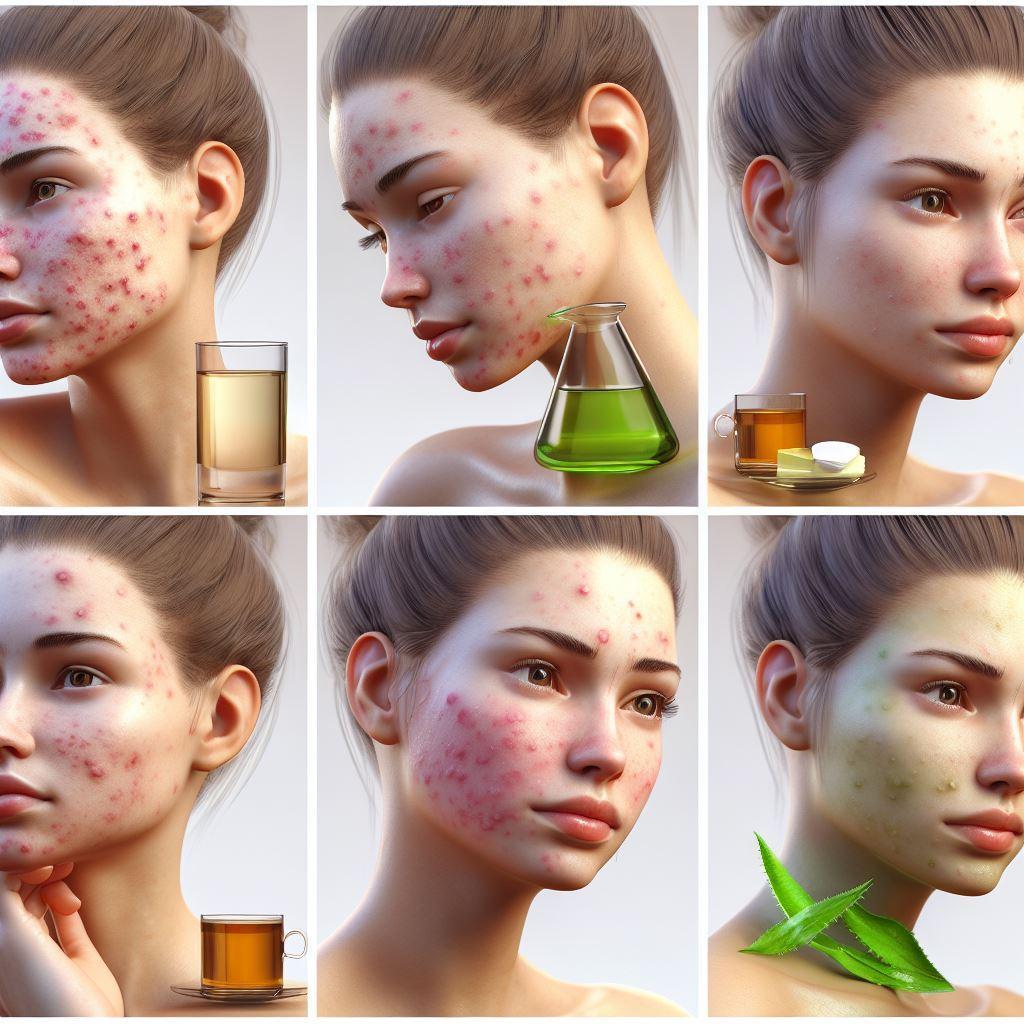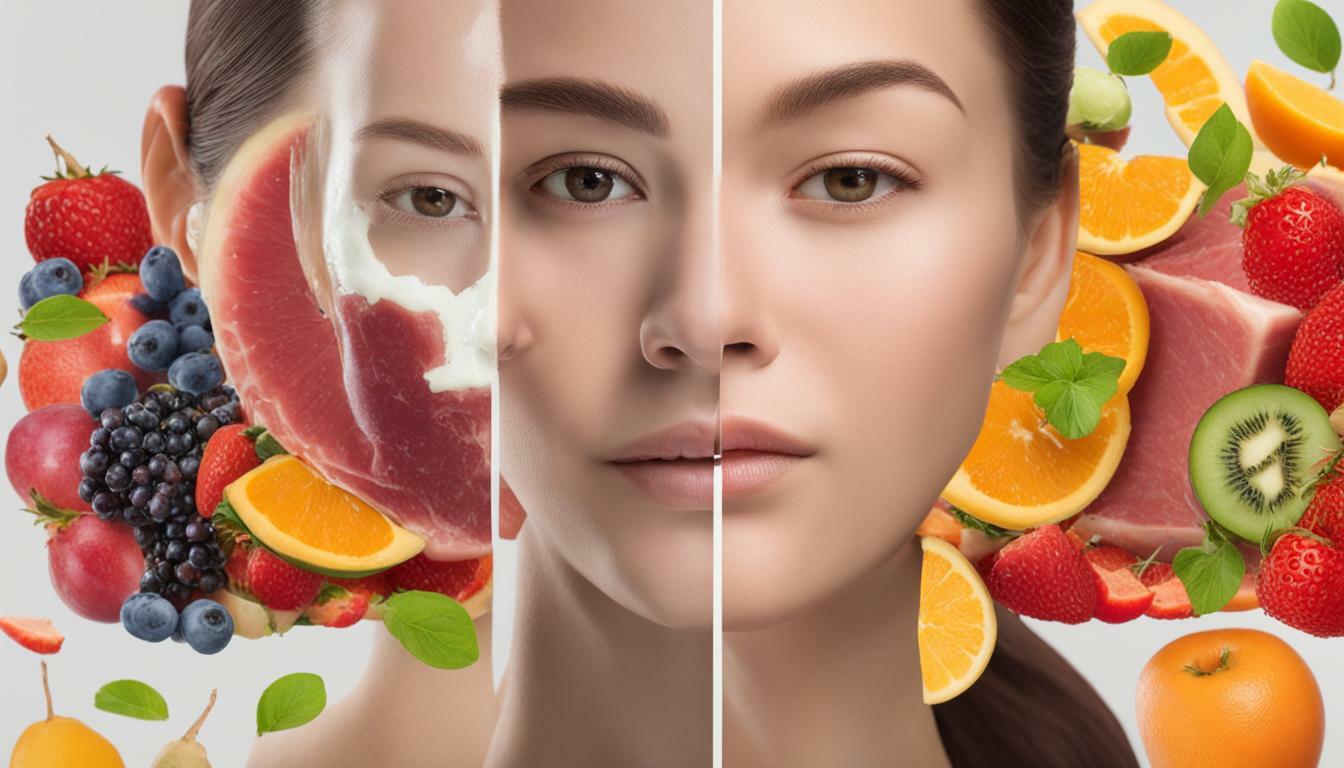Are you tired of dealing with persistently stubborn pimples on your face? It’s time to differentiate between hormonal acne and bacterial acne to effectively treat and prevent future breakouts. While both types of acne may appear similar at first glance, understanding their underlying causes is crucial in formulating the right skincare routine for a clear and radiant complexion. Let’s explore the key distinctions between hormonal acne, which is influenced by fluctuating hormone levels, and bacterial acne, caused by the excess growth of bacteria on the skin’s surface. By identifying the root cause, you can take specific steps to tackle your acne concerns head-on and attain a complexion that truly shines with health and vitality.
Hormonal Acne
Definition of Hormonal Acne
Hormonal acne, also known as hormonal imbalance acne, is a skin condition that is primarily triggered by fluctuations in hormonal levels within the body. It commonly occurs during puberty, menstrual cycles, pregnancy, and menopause, when hormonal changes are most prominent. Hormonal acne is typically characterized by deep, cystic pimples that are often painful and tend to appear on the lower face, chin, and jawline.
Causes of Hormonal Acne
Several factors contribute to the development of hormonal acne. One of the main causes is an increase in androgen hormones, such as testosterone, which are present in both males and females. Excessive production of androgens stimulates the oil glands in the skin, leading to an overabundance of oil. This excess oil, along with the accumulation of dead skin cells, clogs the pores and creates an ideal environment for acne-causing bacteria to grow.
Symptoms of Hormonal Acne
Hormonal acne presents with distinct symptoms that differentiate it from other types of acne. Common symptoms include the formation of deep, painful cysts or nodules under the skin’s surface. These lesions are often tender to the touch and may take several weeks to heal completely. Hormonal acne is typically characterized by the presence of inflamed and swollen bumps, as well as blackheads and whiteheads.
Treatment for Hormonal Acne
When it comes to treating hormonal acne, it is essential to address the underlying hormonal imbalances. Over-the-counter topical treatments containing ingredients like salicylic acid or benzoyl peroxide can help reduce inflammation and kill acne-causing bacteria. However, for more severe cases, dermatologists may prescribe oral medications such as hormonal birth control pills or anti-androgen medications to regulate hormone levels. Additionally, lifestyle modifications, including a healthy diet, regular exercise, stress reduction techniques, and proper skincare routines, can contribute to managing hormonal acne effectively.
Prevention of Hormonal Acne
While hormonal acne can be challenging to prevent entirely, adopting certain practices may help minimize its occurrence. Establishing a consistent skincare routine that includes gentle cleansing, exfoliation, and the use of non-comedogenic products can help keep the skin clean and prevent clogged pores. Additionally, managing stress levels, maintaining a balanced diet, and avoiding hormonal triggers, such as certain medications or dietary choices, may help reduce the likelihood of hormonal acne flare-ups.
Bacterial Acne
Definition of Bacterial Acne
Bacterial acne, also referred to as inflammatory acne, is a form of acne that occurs due to the overgrowth of acne-causing bacteria on the skin’s surface. Propionibacterium acnes, a bacterium present on everyone’s skin, is primarily responsible for causing bacterial acne. This type of acne is often characterized by the presence of red, inflamed papules and pustules, which can be painful and may contain pus.
Causes of Bacterial Acne
Bacterial acne typically develops when the skin’s natural defenses are compromised, creating an environment conducive to bacterial overgrowth. Excessive oil production, known as sebum, can clog the hair follicles and lead to the accumulation of dead skin cells. These conditions provide an ideal breeding ground for the acne-causing bacteria, which triggers inflammation and the formation of acne lesions.
Symptoms of Bacterial Acne
The symptoms of bacterial acne primarily involve the presence of inflamed and infected lesions on the skin. Common symptoms include the formation of red, raised bumps, often with a white or yellow center, known as papules and pustules, respectively. These lesions can be painful, tender to the touch, and may occasionally rupture, leading to the release of pus. Bacterial acne is commonly found on the face, chest, and back.
Treatment for Bacterial Acne
Treating bacterial acne involves targeting the underlying bacteria and reducing inflammation. Topical treatments containing ingredients like benzoyl peroxide, antibiotics, or retinoids help kill the acne-causing bacteria and reduce inflammation. In more severe cases, dermatologists may prescribe oral antibiotics or isotretinoin to effectively address bacterial acne. It is important to follow the prescribed treatment regimen and consult with a healthcare professional to avoid potential side effects.
Prevention of Bacterial Acne
While it may not be possible to prevent bacterial acne entirely, adopting certain preventive measures can help minimize its occurrence. Gently cleansing the skin with a mild, non-comedogenic cleanser to remove excess oil and impurities can help prevent bacterial accumulation. Avoiding excessive touching or picking of the face, maintaining a clean environment for items that come in contact with the skin, such as sheets and towels, and avoiding the use of comedogenic or oil-based skincare products can also aid in preventing bacterial acne.

Differences Between Hormonal Acne and Bacterial Acne
Root Cause
The root cause of hormonal acne lies in hormonal imbalances within the body, primarily involving androgen hormones. On the other hand, bacterial acne is caused by the overgrowth of acne-causing bacteria on the skin’s surface, primarily Propionibacterium acnes.
Affected Areas
Hormonal acne tends to appear on the lower face, chin, and jawline, areas rich in oil glands and sensitive to hormonal changes. Bacterial acne, on the other hand, is not limited to specific areas and can occur on the face, chest, back, and other body parts.
Presence of Inflammation
Hormonal acne often presents with deep, cystic pimples that are often painful and inflamed. Bacterial acne is characterized by the presence of red, inflamed papules and pustules, which may contain pus.
Types of Lesions
Hormonal acne primarily consists of cystic, nodular lesions that form deep under the skin’s surface. Bacterial acne involves the formation of red papules and pustules, which are raised and may contain fluid.
Age of Onset
Hormonal acne often occurs during periods of hormonal fluctuation, such as puberty, menstrual cycles, pregnancy, and menopause. Bacterial acne, however, can affect individuals of any age, including adolescents and adults.
Hormonal Influence
Hormonal acne is directly influenced by hormonal changes, such as increased androgen production. Bacterial acne is not regulated by hormonal fluctuations but can be exacerbated by factors like increased oil production and compromised skin barrier.
Response to Treatments
Hormonal acne may require specific hormonal therapies, such as hormonal birth control pills or anti-androgen medications, to address the underlying hormonal imbalances. Bacterial acne typically responds well to topical treatments containing ingredients like benzoyl peroxide or antibiotics, as well as oral antibiotics.
Clinical Diagnosis
Hormonal acne is often diagnosed based on its characteristic symptoms and the presence of hormonal imbalances. Bacterial acne can be diagnosed through physical examination, but laboratory tests may also be conducted to confirm the presence of acne-causing bacteria.
Duration of Acne
Hormonal acne lesions may persist for several weeks and have a longer healing time compared to bacterial acne. Bacterial acne lesions may heal faster once appropriate treatment is initiated.
Preventive Measures
Preventing hormonal acne primarily involves managing hormonal fluctuations through a healthy lifestyle and skincare routine. Preventing bacterial acne involves maintaining good hygiene practices, avoiding oil-based products, and keeping the skin clean and free from excessive oil and bacteria.





